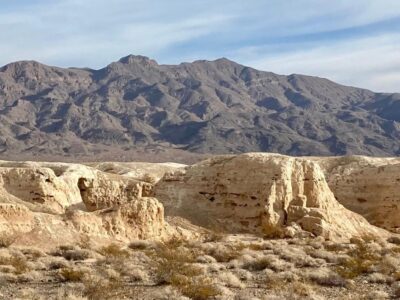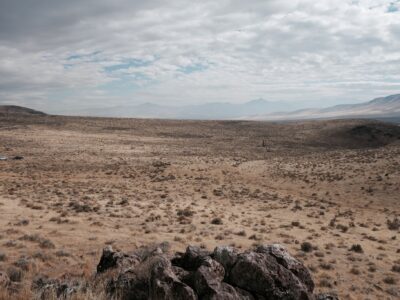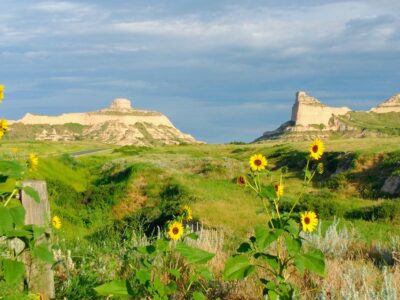The National Geographic Society Continues Its Mission Set In 1888
The National Geographic Society is one of the largest nonprofit scientific and education institutions worldwide. Founded in 1888 by a group of explorers, scientists, and scholars, the organization focuses on geography, natural science, archaeology, and the overall promotion of historical and environmental conservation.
Though perhaps most famous for its eponymous National Geographic Magazine and remarkable photographs, the National Geographic Society has made major contributions to science, exploration, and conservation, including being a vital part of the founding of the United States’s National Park Service.
Photo Courtesy National Geographic Society Newsroom
Gardiner Greene Hubbard led the organization in its earliest days as its first president — he was also one of the founders. His son-in-law, Alexander Graham Bell, succeeded him in 1897. Two years later, Bell’s son-in-law Gilbert Hovey Grosvenor was named the first full-time editor of the new magazine and continued in that role for more than half a century, setting the tone and look of a publication that would come to define the word adventure for millions of readers.
In fact, it was one of the first publications to reproduce color photographs. That same decade, the society embarked on its first expedition — a trip to map and survey the Mount St. Elias region in North America.
Since then, the nonprofit has provided more than 15,000 grants to explorers for work across all seven continents.
Photo Courtesy National Geographic Society
Today, the organization continues to pursue its mission “to increase and diffuse geographic knowledge while promoting the conservation of the world’s cultural, historical, and natural resources” while using the power of science, exploration, education, and storytelling to illuminate and protect the wonder of our world.
Its goal continues to push the boundaries of exploration and invest in bold people and transformative ideas. All of its work is governed by a 33-member board of trustees, many of whom are educators, conservationists, and former government officials.
“Well, on Jan. 13, 1888, the original founders of National Geographic got together to discuss the diffusion of geographic knowledge,” Michael Swarr, National Geographic’s vice president of postal and distribution affairs, said in a Smithsonian NPM video. “And they were primarily focusing on mountains, rivers, oceans, air — the major geographical features of the planet.”
“And over the years, National Geographic has taken this more towards a social environment where they blended both human elements, animals, plants, geographic features, altogether, in an attempt to show how everything works together and everything depends on one another,” he continued.
Photo Courtesy National Geographic Society Newsroom
The Washington, D.C.-based society continues to expand to meet the demands of the modern technological world across numerous branches of archeology, natural science, and geography. According to the National Postal Museum, National Geographic Magazine now reaches 60 million monthly readers worldwide. The brand has also expanded its reach via National Geographic Partners to include the National Geographic Channel, NationalGeographic.com, and a social media presence of more than 394 million followers across Instagram, Facebook, X, TikTok, and YouTube.





